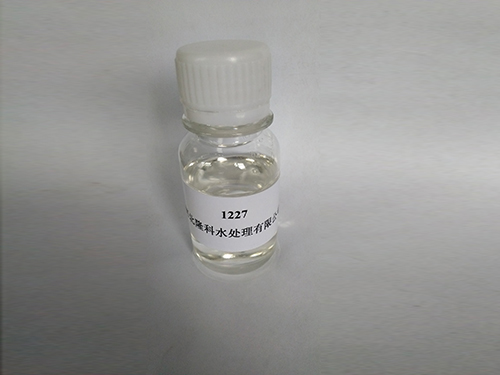Understanding the Distinction Between Flocculants and Coagulants in Water Treatment Processes
The Difference Between Flocculants and Coagulants
In the field of water treatment and purification, understanding the distinctions between flocculants and coagulants is crucial for professionals and environmental engineers
. Both substances play an essential role in the process of removing suspended solids from water, but they operate through different mechanisms and are used for different purposes.Definition and Function
Coagulants are chemical agents that facilitate the aggregation of suspended particles in water. They work by reducing the electrostatic charges on the particles, allowing them to come together and form larger clusters known as flocs. Common coagulants include aluminum sulfate, ferric chloride, and polyaluminum chloride. The primary purpose of coagulants is to destabilize colloidal particles, which tend to remain dispersed in water due to their surface charges.
Flocculants, on the other hand, are substances that enhance the clumping process initiated by coagulants. They are usually high molecular weight polymers that help bind the formed flocs together, resulting in larger aggregates that are easier to remove from the water. Flocculants are typically used after the coagulation phase to improve sedimentation rates and enhance the overall efficiency of the water treatment process. Some commonly used flocculants include polyacrylamide and natural polysaccharides like xanthan gum.
Mechanism of Action
The mechanisms through which coagulants and flocculants operate are fundamentally different. Coagulation generally involves three main steps destabilization, aggregation, and sedimentation. Initially, the coagulant is added to the water, where it interacts with the suspended particles, neutralizing their charges. Once the particles are neutralized, they collide and aggregate into larger flocs under mixing conditions.
difference between flocculant and coagulant

In contrast, flocculation involves a gentle stirring process that promotes the growth of these flocs into larger, cohesive masses. Flocculants add a bridging action, where the long polymer chains loop around the particles and effectively “sweep” them together. This not only increases the size of the flocs but also improves the settling characteristics, making it easier for the solids to be removed during subsequent filtration or sedimentation processes.
Applications
Coagulants are primarily used in the early stages of water treatment processes such as municipal water treatment plants, industrial effluent treatment, and even in the food industry for juice clarification. They are vital for situations where there is a high concentration of colloidal particles that need to be removed from water quickly and efficiently.
Flocculants are used in both residential and industrial applications, including wastewater treatment, mining operations, and pulp and paper industries. Their role is crucial in processes where clear water is desired after the sedimentation of suspended solids, such as in the treatment of drinking water and in the recycling of wastewater.
Summary
In summary, although both coagulants and flocculants are critical in the process of water treatment, they serve distinctly different purposes. Coagulants are essential for destabilizing colloidal particles and initiating the aggregation process, while flocculants enhance the aggregation and sedimentation of these particles, leading to more efficient removal from water. Understanding these differences is essential for selecting the appropriate chemicals for specific purification needs, ultimately resulting in cleaner, safer water for various applications. Effective water treatment systems rely on both coagulants and flocculants to achieve optimal results, underscoring their importance in environmental management and sustainability efforts.
-
Water Treatment with Flocculant Water TreatmentNewsJun.12,2025
-
Polymaleic AnhydrideNewsJun.12,2025
-
Polyaspartic AcidNewsJun.12,2025
-
Enhance Industrial Processes with IsothiazolinonesNewsJun.12,2025
-
Enhance Industrial Processes with PBTCA SolutionsNewsJun.12,2025
-
Dodecyldimethylbenzylammonium Chloride SolutionsNewsJun.12,2025





